How Many Differant Neutral Density Filter Range ?
Neutral density filters come in a variety of ranges, typically measured in stops. The number of different ranges available depends on the manufacturer and the specific product line. Some common ranges include 1-stop, 2-stop, 3-stop, 6-stop, and 10-stop filters. However, there are also filters available with higher or lower densities, such as 15-stop or 20-stop filters. The range of neutral density filters available allows photographers and videographers to control the amount of light entering their camera lens, which can be useful in a variety of situations, such as when shooting in bright sunlight or when trying to achieve a specific depth of field.
1、 ND filter basics

There are several different neutral density (ND) filter ranges available on the market today. The most common ranges include 1-stop, 2-stop, 3-stop, 6-stop, and 10-stop filters. These filters are designed to reduce the amount of light entering the camera lens without affecting the color or contrast of the image.
The 1-stop ND filter is the most basic and is often used for slight adjustments in exposure. The 2-stop and 3-stop filters are slightly more powerful and are commonly used for landscape photography to create a more balanced exposure between the sky and foreground.
The 6-stop and 10-stop filters are the most powerful and are often used for long exposure photography, such as capturing the movement of water or clouds. These filters can create stunning effects, such as silky smooth water or streaking clouds.
In recent years, there has been a growing trend towards variable ND filters, which allow the photographer to adjust the strength of the filter by rotating the front element. These filters are particularly useful for videography, where the lighting conditions can change rapidly.
Overall, the choice of ND filter range will depend on the photographer's specific needs and the type of photography they are interested in. It is important to choose a high-quality filter to ensure that the image quality is not compromised.
2、 Types of ND filters
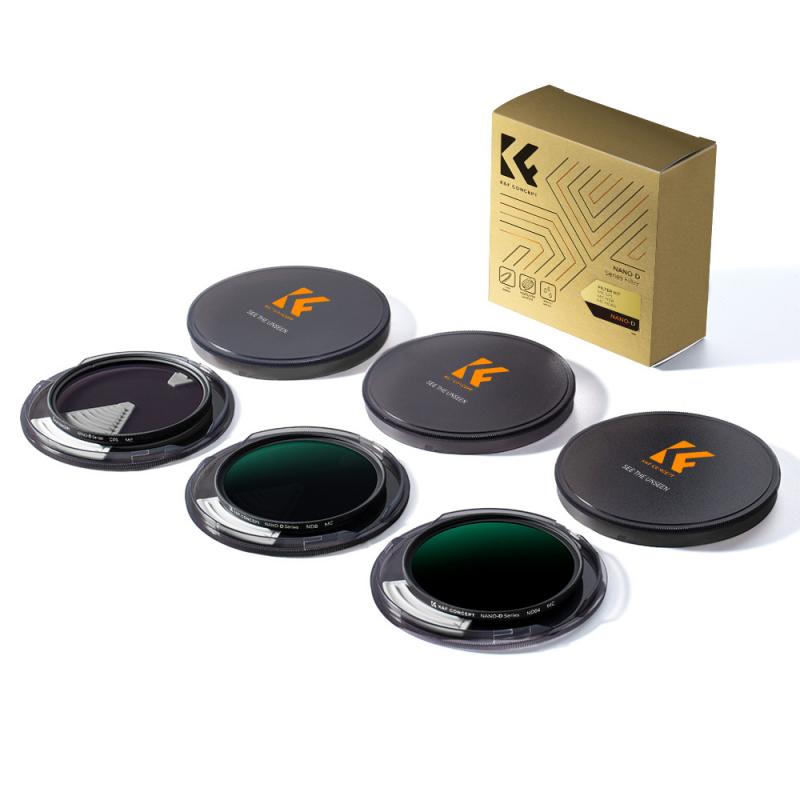
There are several types of ND filters available in the market, each with its own unique characteristics and applications. The most common types of ND filters are fixed ND filters, variable ND filters, graduated ND filters, and reverse graduated ND filters.
Fixed ND filters come in a range of densities, from 1-stop to 10-stops, and are designed to reduce the amount of light entering the lens by a specific amount. Variable ND filters, on the other hand, allow you to adjust the density of the filter by rotating the front element, making them more versatile than fixed ND filters.
Graduated ND filters are designed to reduce the amount of light entering the lens in a specific area of the frame, typically the sky. They come in a range of densities and are available in both hard and soft transitions. Reverse graduated ND filters are similar to graduated ND filters but are designed to reduce the amount of light entering the lens in the area just above the horizon.
In terms of the range of densities available, ND filters can range from 1-stop to 15-stops, with some manufacturers offering even higher densities. The choice of density will depend on the specific application and the amount of light you need to reduce.
In recent years, there has been a growing trend towards using ND filters with a higher density, such as 10-stops or more, to create long exposure images. This technique can create stunning images with smooth water and blurred clouds, and has become increasingly popular among landscape photographers.
Overall, the range of ND filters available is vast, and the choice of filter will depend on the specific application and the desired effect.
3、 ND filter strength and stops
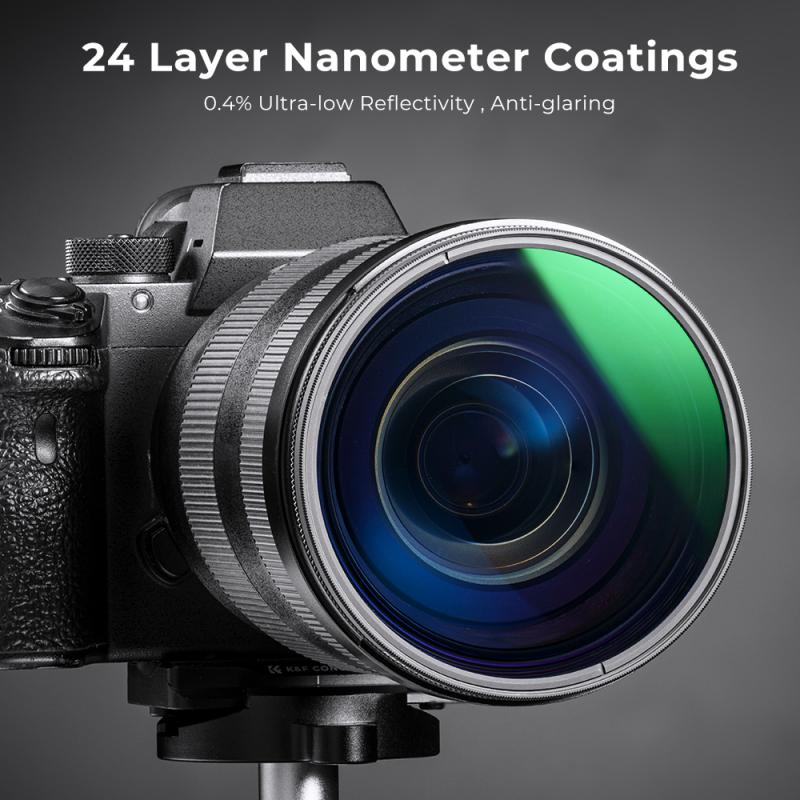
There are many different neutral density filter ranges available on the market today, each with its own unique strengths and stops. The most common ND filter strengths range from 1 stop to 10 stops, with some filters even going up to 15 or 20 stops. The number of stops refers to the amount of light that the filter blocks, with each stop representing a halving of the amount of light that passes through the filter.
In addition to the traditional ND filters, there are also graduated ND filters, which are designed to block light in a specific area of the image, such as the sky. These filters typically have a range of 1-4 stops.
Recently, there has been a trend towards variable ND filters, which allow the user to adjust the amount of light that is blocked by the filter by rotating the filter ring. These filters typically have a range of 2-10 stops, and are popular among videographers and photographers who need to quickly adjust their exposure settings.
Overall, the choice of ND filter strength and stops will depend on the specific shooting situation and the desired effect. It is important to choose a filter that is appropriate for the lighting conditions and the desired level of exposure control.
4、 ND filter applications
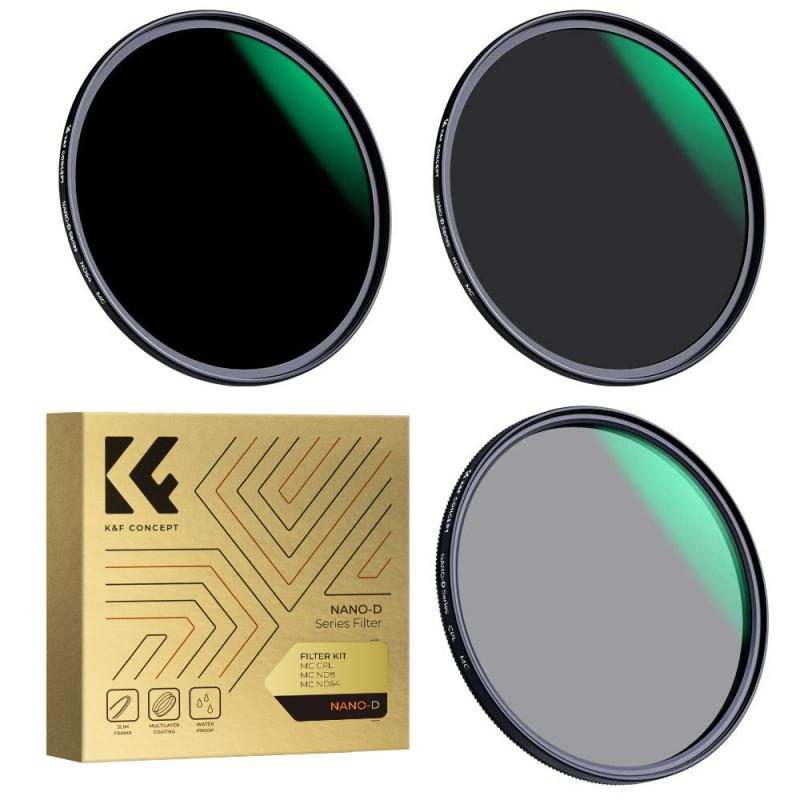
There are several different neutral density filter ranges available for ND filter applications. The most common ranges include ND2, ND4, ND8, ND16, ND32, ND64, ND128, ND256, and ND1000. Each of these filters reduces the amount of light entering the lens by a specific number of stops, allowing photographers to achieve a longer exposure time or a wider aperture without overexposing the image.
In recent years, there has been an increase in the popularity of variable ND filters, which allow photographers to adjust the amount of light reduction by rotating the filter. This provides greater flexibility and convenience, as photographers can quickly adjust the filter to suit changing lighting conditions.
Additionally, there are specialized ND filters available for specific applications, such as graduated ND filters for landscape photography, which reduce the amount of light entering the lens in a specific area of the image, such as the sky. There are also infrared ND filters, which block visible light while allowing infrared light to pass through, creating unique and surreal images.
Overall, the range of neutral density filters available for ND filter applications continues to expand, providing photographers with greater flexibility and creative possibilities.





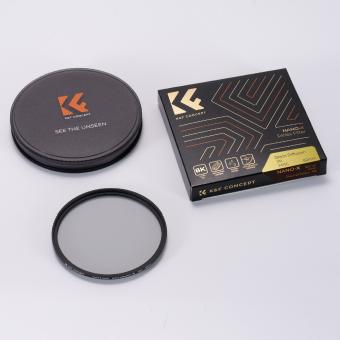






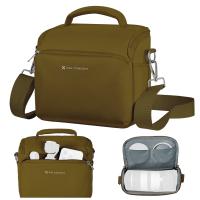

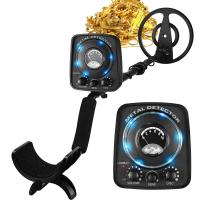


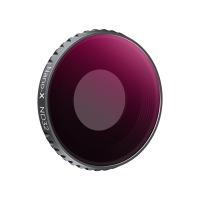
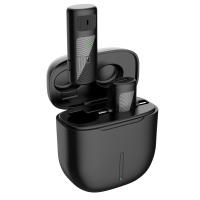

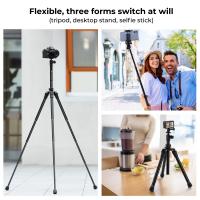

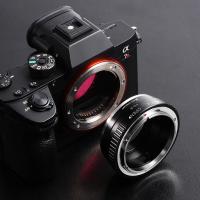
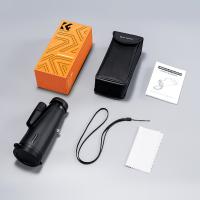


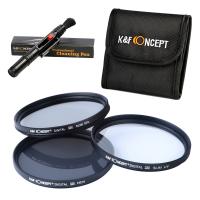
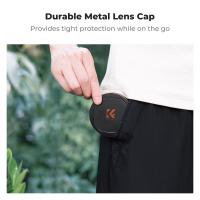

There are no comments for this blog.